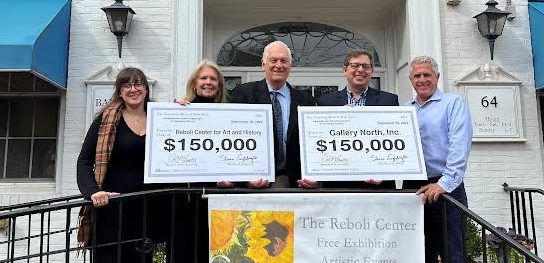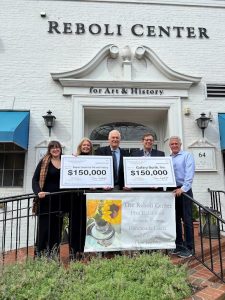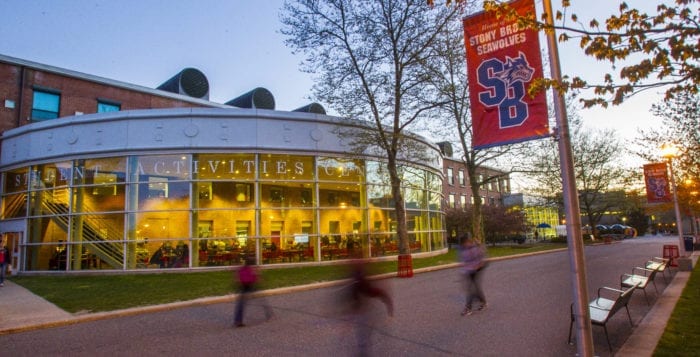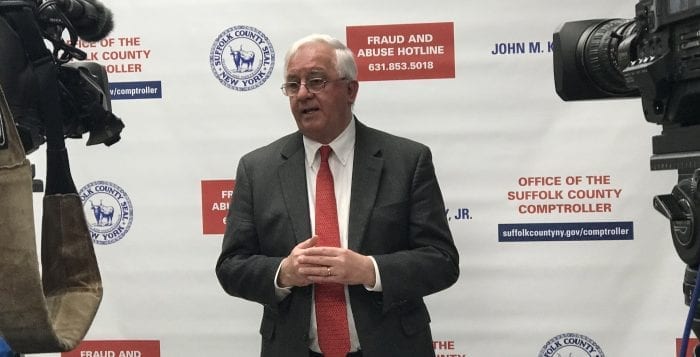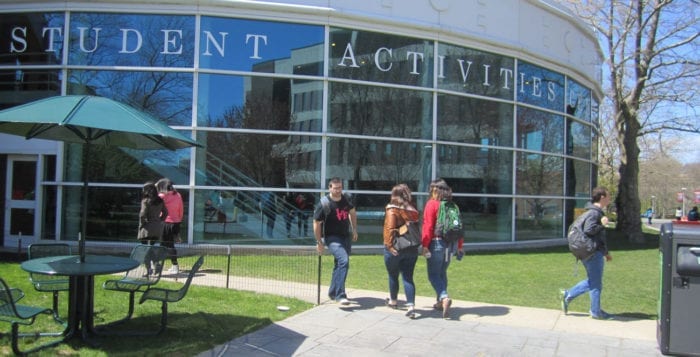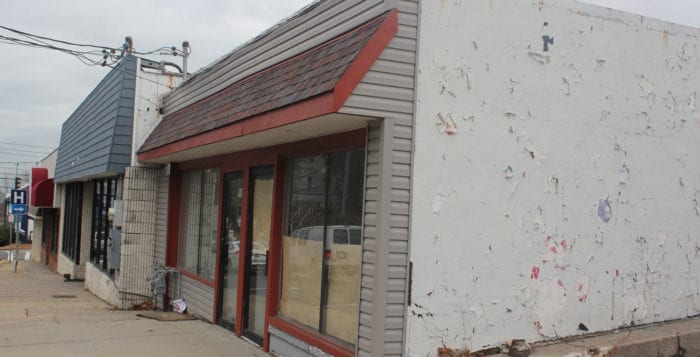The New York State Council on the Arts recently dispersed grants to nonprofit arts and culture organizations with the intention of helping them recover from the aftermath of COVID-19 shutdowns.
‘The vast majority of our artistic masterpieces and institutions were birthed from philanthropy of some kind.’
—Tom Manuel
In a press statement, Gov. Kathy Hochul (D) said, “As a cultural capital of the world, New York state is strengthened by our expansive coverage of the arts across all 62 counties. This year’s historic commitment to the arts sector will spur our continuing recovery from the pandemic and set the course for a stronger future.”
Local organizations — including The Jazz Loft in Stony Brook, Preservation Long Island in Cold Spring Harbor and Huntington Arts Council — have announced that they are among the NYSCA grantees.
The Jazz Loft
The Jazz Loft has received two grants totaling $50,000 from NYSCA: the Regrowth and Capacity grant for $10,000 and the Support for Organizations grant for $40,000.
The grants will be used to support the venue’s performance schedule, which includes more than 160 shows each year. Tom Manuel, president and founder of The Jazz Loft, said in an email the funding would make additions to the programming possible during the 2023-24 season. It will also help with the Loft School of Jazz program for high school students.
Manuel said learning about grant funding “is always a feeling of both excitement and relief.” “The arts has just been one of those mediums that has existed due to patron and government support since the time of Bach and Beethoven and even earlier,” he said. “The vast majority of our artistic masterpieces and institutions were birthed from philanthropy of some kind.”
The venue employs musicians at a cost of a quarter million dollars annually, according to Manuel, and in December The Jazz Loft welcomed 2,000 visitors.
“We’re honored to be a part of a wonderful community and that we can generate traffic and tourism throughout the village,” he said. “Our plan for the NYSCA grant funding is to present a series of world-class performers and educational events that will continue to support our artistic community and draw visitors from near and far.”
Huntington Arts Council
The nonprofit Huntington Arts Council has received a Statewide Community Regrant totaling $1 million over two years.
Kieran Johnson, executive director of the Huntington Arts Council, said HAC was grateful and humbled. He added the HAC grants are different from others as it’s not entirely for the council but to help other organizations recover. The organization has been part of the regranting program since it was a pilot in the 1970s.
“It’s all about supporting local artists and local arts organizations across Nassau and Suffolk counties,” Johnson said.
‘That’s the idea behind the SCR program, taking the money, keeping it local and really growing local economies, also.’
— Kieran Johnson
He said he remembers a statistic he once read that stated every dollar put into the local creative sector generates $5.25 of regional gross domestic product.
“That’s the idea behind the SCR program, taking the money, keeping it local and really growing local economies, also,” he said. “It’s a huge economic impact.”
Recently, the HAC granted $351,000 to organizations in Nassau and Suffolk counties due to the New York grant and are in the process of sending the funds, Johnson said. Previous years the total amount of grants HAC dispersed has been around $120,000.
The state funds will help HAC award mini-grants every month for $1,000 for one person and one organization for a total of $2,000 a month for the next two years. Each month a new person and organization will be chosen. HAC also is running a professional development series for artists and organizations that includes brand identity, social media, legal courses and more.
“That’s our primary role of the HAC, we are an artist support organization,” he said.
Preservation Long Island
NYSCA also presented grants to Preservation Long Island based in Cold Spring Harbor. The nearly $70,000 in grant money will support “regionally focused historic preservation advocacy and public education programs,” according to the organization.
The funds were awarded in two grants to PLI: $20,000 in Recovery Funding and nearly $50,000 through the renewal of the Support for Organizations grant.
PLI will be able to help fund the rehiring of seasonal museum educators on Long Island and reopen historic houses which were closed to the public during the pandemic. Funding will also be used to enhance digital programming strategies introduced during the pandemic.
Alexandra Parsons Wolfe, executive director, said fortunately, many arts and cultural organizations received Paycheck Protection Program loans.
“We were not abandoned during the pandemic,” Wolfe said. However, she added more relief is needed.
The regional organization is able to help smaller organizations on Long Island that may not have the means to hire a paid staff in their pursuits to implement preservation projects for endangered historic places.
“I can’t emphasize how important the New York State Council on the Arts is to the cultural institutions of Long Island and New York, and it’s so worth tax money to be able to support organizations like ours,” she said.


